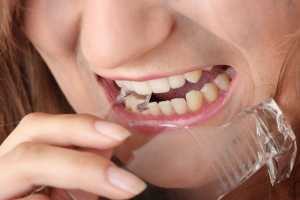 Hyalophagia - MedFriendly.com
Hyalophagia - MedFriendly.comPica (disorder) PicaStomach's content of a psychiatric patient with a bite: 1,446 items, including "453 nails, 42 screws, safety pins, spoon topes and salt and pepper topes."PronunciationPica ( ) is a psychological disorder characterized by one for substances that are largely non-nutritive. The substance can be biological like hair () or feces (), natural like ice () or dirt (), and otherwise chemical or artificial (like ). The term originates from the Latin word pica ("magpie"), from the concept that the magpies will eat almost anything. PicaAccording to criteria (DSM-5), for these actions to be considered to be sting, they must persist for more than a month at age when it is considered inappropriate to eat such objects, not part of the culturally sanctioned practice, and sufficiently severe to justify clinical care. The sting can lead to intoxication in children, which can lead to a deterioration in physical and mental development. In addition, it can cause surgical emergencies to address intestinal obstructions, as well as more subtle symptoms such as nutritional deficiencies and . Pica has been linked to other mental and emotional disorders. Factors such as emotional trauma, maternal deprivation, family problems, parental abandonment, pregnancy, and a disorganized family structure[] are strongly linked to it as a form of comfort. Pica is more commonly seen in , young children, and people who can have such as and more. Children who consume painted plaster may suffer brain damage. There is a risk similar to eating soil near paths that existed before the removal of or that were sprayed with oil (to establish dust) contaminated by toxics or . In addition to poisoning, there is a much greater risk of crying or . Another risk of eating soil is the ingestion of animal feces and companion. Pica can also be found in animals like dogs and cats. ContentSigns and symptoms[]Pica is the consumption of substances without significant nutritional value such as soap, plaster or paint. Subtypes are characterized by the substance being committed: This eating pattern should last at least one month to meet the diagnostic criterion of itching time. Complications may occur due to the substance consumed. For example, lead poisoning may result from paint ingestion or paint soaking, may cause intestinal obstruction and or infection may follow ingestion of stool or soil. Causes[] According to the DSM-5, mineral deficiencies are occasionally associated with sting, but there are rarely biological abnormalities. People who practice sting forms, such as , , and , are more likely anemmic or have low blood concentration, lower levels of red blood cells (), or lower levels of plasma zinc. Specifically, practicing geophagia is more likely to be associated with anemia or low hemoglobin. Practicing pagophagia and amylophagia is more highly associated with anemia. In addition, children and pregnant women may be more likely to have anemia or low hemoglobin in relation to the general population. More recently, chopped cases have been tied to the , and there has been a movement to consider the OCD in the cause of itching. However, the sting is recognized as a mental disorder by the widely used (DSM-4). Some have also used sensory, physiological, cultural and psychosocial perspectives to explain the cause of the bite.[] Mental health conditions, such as obsessive-compulsive disorder (DOC) and schizophrenia, have been proposed as causes of sting. However, itching can also be a cultural practice not associated with a deficiency or disorder. The ingestion of (white clay) among women in the U.S. state shows that there is a DSM-4 "" and "not selectively associated with another psychopathology." Similar kaolin ingestion is also widespread in parts of Africa. These practices can be derived from health benefits, such as clay capacity to absorb vegetable toxins and protect against toxic alkaloids and . Diagnosis[] No single test confirms the sting, but because the sting can occur in people who have lower than normal nutrient levels and poor nutrition (malnutrition), the health care provider must test the blood levels of iron and zinc. Hemoglobin can also be checked to test for . Lead levels should always be checked in children who may have eaten paint or objects covered with lead paint powder. The health care provider should test the infection if the patient has been eating contaminated soils or animal wastes. DSM-5[]The DSM-5 poses four criteria that need to be met for a person to be diagnosed with itch: Differential Diagnosis[]In individuals with , , and certain physical disorders (such as ), non-nutritive substances may be consumed. In such cases, it should not be noted as an additional diagnosis. Treatment[] Treatment for chop may vary by patient and suspicious cause (e.g., child, developmental disabled, pregnant or psychogenic) and may emphasize environmental and family-oriented approaches; it may be treated by iron supplements or by dietary changes. An initial approach often involves detection to, and if necessary, treat any mineral deficiency or other deficiency. To bite it seems to be of psychogenic cause, therapy and medications as they have been successfully used. However, previous reports have warned against the use of medicines until all non-psychogenic causes have been ruled out. Looking back at the different causes of sting related to evaluation, the clinician tries to develop a treatment. First, there is a spike as a result of social care. A strategy could be used to ignore the behavior of the person or give them the least attention possible. If your sting is the result of obtaining a favorite element, a strategy can be used where the person can receive the element or activity without eating inedible items. Individual communication skills should increase so that they can relate what they want to another person without getting involved in this behavior. If the sting is a way for a person to escape from an activity or situation, the reason why the person wants to escape from the activity must be examined and the person must be moved to a new situation. If the bite is motivated by sensory feedback, an alternative method of feeling that should be given sensation. Other non-medical techniques could include other forms of oral stimulation such as gum. Useful foods such as popcorn have also been found. These things can be placed in a "lapica box" that should be easily accessible to the individual when it feels like participating in it. Behavioral-based treatment options can be useful for people with mental disabilities with itch. Behavioral treatments for sting have shown to reduce the severity of the sting by 80% in people with intellectual disabilities. This may involve the use of normal behavior. Many use aversion therapy, where the patient learns through positive reinforcement that foods are good and which should not eat. Treatment is often similar to the treatment of obsessive-compulsive or addictive disorders (such as exposure therapy). In some cases, treatment is as simple as treating the fact that they have this disorder and why they can have it. A recent study classified nine types of behavioral intervention: Success with treatment is generally high and usually fades with age, but varies depending on the cause of the disorder. The causes of development tend to have a lower success rate. Treatment techniques include: Epidemiology[] The prevalence of chop is difficult to establish due to differences in definition and the reluctance of patients to admit anomales and ingestion, which leads to chop recordings among risk groups that are in the range of 8% to 65% depending on the study. On the basis of self-reporting and interviewing data from pregnant and postpartum women, the spike is more commonly geographically in Africa, with an estimated prevalence of 44.8 per cent, followed by North and South America (23.0%) and Eurasia (17.5%). The factors associated with stinging in this population were determined as anemia and low levels of education, both associated with low socio-economic backgrounds. Two studies of adults with life found that 21.8% and 25.8% of these groups suffered a bite. Children ' s prevalence rates are unknown. Small children usually place non-jurious material in their mouths. This activity occurs in 75 per cent of children aged 12 months and 15 per cent of children aged two to three years. In institutionalized children with mental retardation, the spade occurs at 10-33%. History[]The condition currently known as pica was described by . Prior to the elimination of the category of "feeding disorders in childhood and in early childhood", where the chop was classified, from DSM-5, the chop was mainly diagnosed in children. However, since the elimination of the category, psychiatrists have begun to diagnose itch in people of all ages. The term pica originates in the word for , picave, a bird that is famous for its unusual eating behaviors, where it is known that it eats almost anything. In the Latin work of the thirteenth century,[] pica was referenced by the Greeks and Romans;[] however, it was not addressed in medical texts until 1563. In the south of the United States in the 1800s, geophagia was a common practice among the slave population. Geophagia is a form of pica in which the person consumes earthly substances such as , and is particularly prevalent to increase a deficient diet in minerals. It is worth noting that kaolin was consumed by Western Africans enslaved in the southeast of the United States, in particular the Georgian belt, due to anti-diarrheal qualities in the treatment of dysentery and other abdominal diseases. The practice of consuming kaolin rocks was scientifically studied, the results of which led to the subsequent pharmaceutical marketing of kaolinite, the clay ore contained in kaolina. Kaolinite became the active ingredient in drugs like and , although formulations have since found additional active ingredients to replace kaolinite. Research from the 16th to 20th centuries suggests that during that time in history, it was considered more like a symptom of other disorders rather than its own specific disorder. Even today, what could be classified as spicy behavior is a normative practice in some cultures as part of their beliefs, healing methods or religious ceremonies. Animals[] Unlike humans, itch in dogs or cats can be a sign of , especially when it comes to eating substances such as tiles, dust and . Dogs who exhibit this form of pica should be tested for anemia with or at least levels. Although several theories have been proposed by experts to explain animal sting, there is not enough evidence to test or refute them. See also[]References[]44abcde2520ab54abcde13ab52ab735923ababcdefabcd2732792101663228ab1333087abcabcabc504430 More reading[]External links[] ########################################################################################################################################################################################################################################################## Other Psychological development() (affective) Neurological and symptomatic Other related and Other Physical and physiological behaviour Non-organic substances and substances related to substances and Delirio andschizophrenia-like Schizophrenia Other Symptoms and without categorizing Personality and Adult Sexual Behavior Other Sexual Other Psychological development() Psychological development() (affective) Neurological and symptomatic Other Other related and Other Other Other Physical and physiological behaviour Non-organic Non-organic substances and substances related to substances and Delirio andschizophrenia-like Schizophrenia Other Delirium andschizophrenia-like Schizophrenia Other Symptoms and without categorizing Navigation menu Personal tools Named spaces Variants Views More Search Navigation Contributed Tools Printing/exporting Languages
People also askPica (disorder) - WikipediaHyalophagia - MedFriendly.com Pica — a case of acufagia or hyalofagia? - NCBI - NIHWhat does hyyalofagia mean? - Definitions.netPica - Sites in Penn StateHyalophagia strain definition of hyalophaliments by medical dictionaryContacts

123 Pica – a case of acuphagia or hyalophagia?
Random Facts - P I C A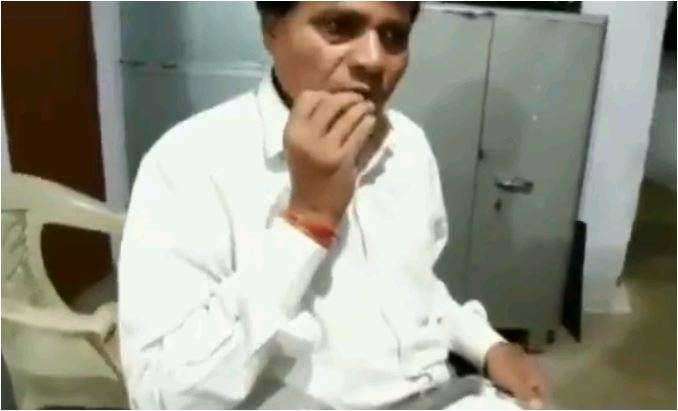
Bon Appétit: Lawyer from MP addicted to eating glass and just can't stop | Watch | India News – India TV
mystuff: P I C A ::::::::::::::::
Pica (disorder) - Wikipedia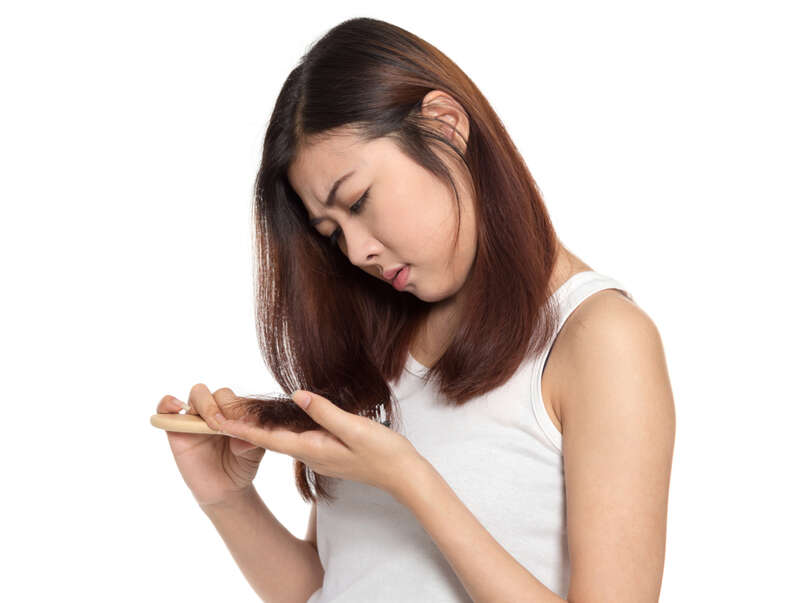
7 eating disorders that are unbelievably crazy and bizarre | The Times of India
7 eating disorders that are unbelievably crazy and bizarre | The Times of India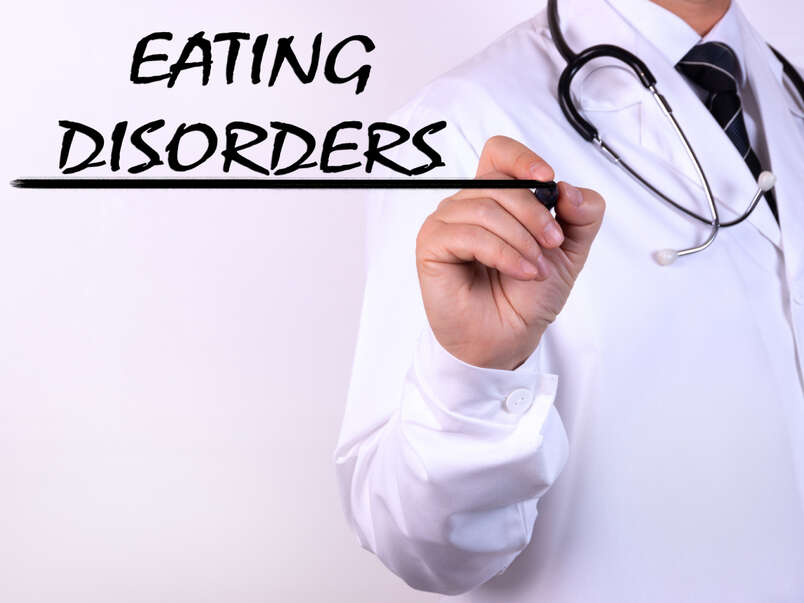
7 eating disorders that are unbelievably crazy and bizarre | The Times of India
PDF) Pica - A case of acuphagia or hyalophagia?
9 weird eating habits that might make you nauseous - Education Today News
hyalophagia » Healing Hospitals – Nick Jacobs, FACHE
8 Bizarre Eating Habits - Ripley's Believe It or Not!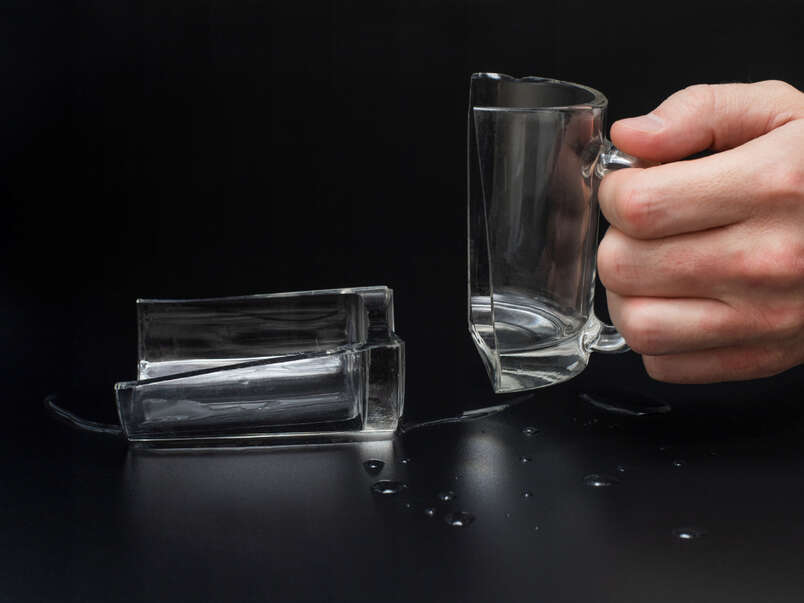
7 eating disorders that are unbelievably crazy and bizarre | The Times of India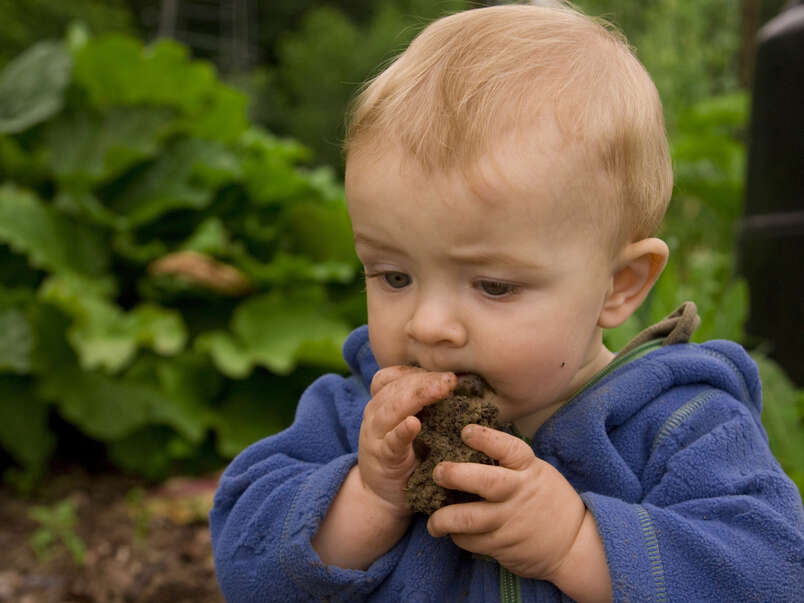
7 eating disorders that are unbelievably crazy and bizarre | The Times of India
About Soil eating - pica and its consequences and prevention - Dr Bhole
Pica - The Strangest Things People Like To Eat
Hyalophagia (Page 4) - Line.17QQ.com
Top 10 craziest eating habits – SheKnows
7 eating disorders that are unbelievably crazy and bizarre | The Times of India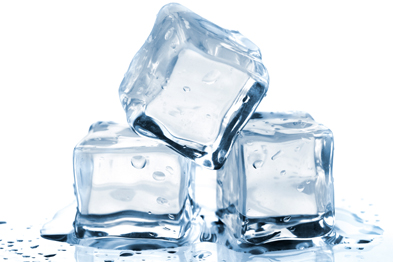
Case Study - A curious case of ice cube eating | GPonline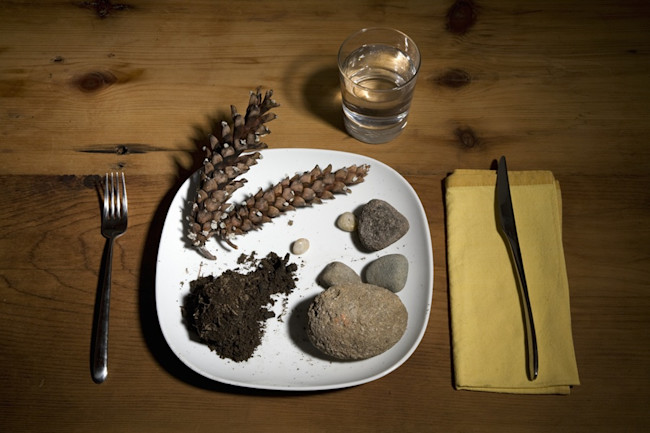
A Doctor Confronts a Man About Why He's Swallowing Rocks | Discover Magazine
Dr Karen Bridgman shares a patient's experience with pica | WellBeing.com.au
Acuphagia and Eating Metal | Psychology Today
13 Strange Addictions You Didn't Know You Could Develop | Best Life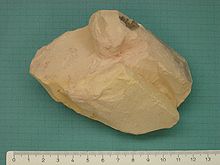
Pica (disorder) - Wikipedia
Pica
Eating disorder/Fertilitypedia
Pica - The Strangest Things People Like To Eat
Pica Disorder Treatment (Page 1) - Line.17QQ.com
Pica Eating - Overcoming Pica Eating Disorder for Life by Jane Connor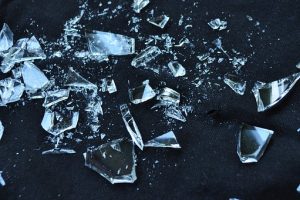
These Are The Weird Addictions People Have: Part One - Oddee/GettyImages-482136055-56a7155d5f9b58b7d0e6a2b1.jpg)
Coping With a Fear of Swallowing (Phagophobia)
HEALTHY EATING - THE MEANING OF FOOD | S T R A V A G A N Z A
Why Dogs Eat Grass? A Detailed Guide On Canine Habits
Pica Eating Disorder v. Pica Disease: Steak - Country Steakout Restaurant
Entomophagy, entomophawhat? The practice of eating insects |
Contrasting Pica Behavior for Individuals with ASD and IDD Against Presentation in the General Population Part III - Eating Disorders Catalogue
This Guy With 62 Wives Lives on a Diet of Glass, Raw Meat, and Coal
Prosthodontic management of a patient... - Department of Prosthodontics, IDEAS | Facebook
 Hyalophagia - MedFriendly.com
Hyalophagia - MedFriendly.com


























/GettyImages-482136055-56a7155d5f9b58b7d0e6a2b1.jpg)






Posting Komentar untuk "what do people suffering from hyalophagia eat?"